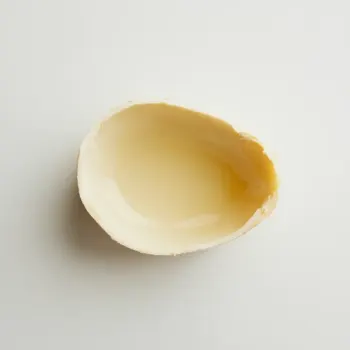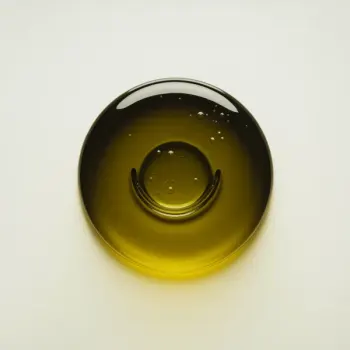Lard and olive oil are two different cooking fats; lard is a semi-solid animal fat with a creamy texture, while olive oil is a liquid plant fat with a fruity flavor. They vary in usage and health profiles, with lard being high in saturated fats and olive oil rich in monounsaturated fats.

Lard is a semi-solid white fat rendered from the fatty parts of a pig. It's a traditional cooking fat that has been used for centuries to add richness and flavor to dishes.

Olive oil is a liquid fat obtained from olives. Known for its prominent role in Mediterranean cooking, it's celebrated for its versatility, health benefits, and distinctive taste.
Lard and olive oil differ significantly in taste, texture, and source. Lard has a subtle, meaty flavor and a creamy texture, while olive oil is fruity with a varying texture from smooth to peppery. Lard is animal-based, whereas olive oil is plant-based, making olive oil suitable for vegetarians and vegans.

Your ultimate Recipe Box, Meal Planner, and Cooking Class all in one
Lard is best used in pie crusts and pastries where you want a flaky texture. Its high smoke point makes it excellent for high-heat baking. Olive oil can be used in cakes and breads, providing moisture and a distinct flavor. It's particularly good in Mediterranean-style baked goods like focaccia.
Lard is ideal for deep-frying and sautéing due to its high smoke point. It imparts a richness to foods like fried chicken or donuts. Extra virgin olive oil is suitable for low to medium-heat frying, perfect for sautéed vegetables or gentle frying of fish.
Lard is not typically used in dressings due to its solid state at room temperature, but it can be used in marinades for meat to add moisture and flavor. Olive oil is a staple in dressings and marinades, offering a fruity base that pairs well with a variety of vinegars and seasonings.
While both lard and olive oil are fats, their nutritional profiles differ greatly, with olive oil being high in monounsaturated fats and lard in saturated fats.
| Nutrient | Lard ( per Tablespoon ) | Olive Oil ( per Tablespoon ) |
|---|---|---|
| Fat | 13g | 14g |
| Sodium | 0mg | 0mg |
| Protein | 0g | 0g |
| Calories | 115 | 119 |
| Cholesterol | 12mg | 0mg |
| Saturated Fat | 5g | 2g |
Lard has traditionally been considered less healthy due to its high saturated fat content. However, it is now recognized as a natural fat without trans fats. Olive oil, particularly extra virgin, is rich in monounsaturated fats and is generally considered heart-healthy.
Lard is solid at room temperature and does not make a suitable direct substitute for olive oil in salad dressings.
Extra virgin olive oil has a lower smoke point and is not ideal for high-heat cooking like deep frying. However, refined olive oils with higher smoke points can be used.
Lard has a very mild pork flavor that can complement savory dishes but is subtle enough not to overpower in most recipes.
In recipes where a solid fat is necessary for texture, such as flaky pie crusts, lard may be preferred over olive oil.